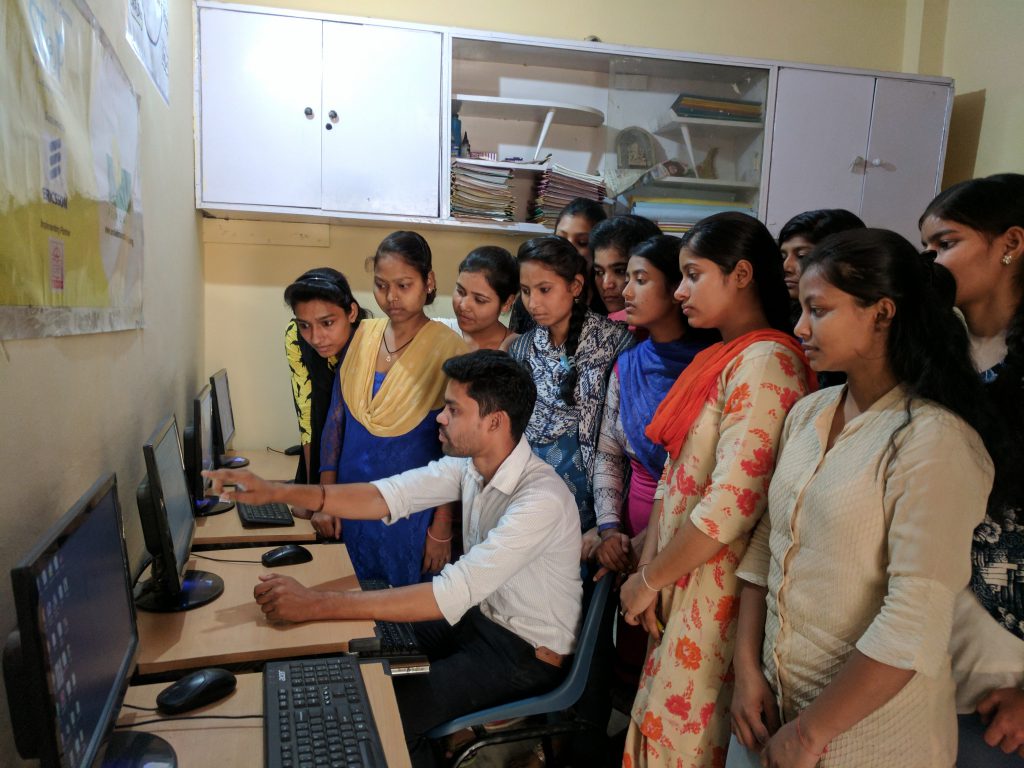NGOs in India— Transformation from Tech-Orientation to Tech-Savviness
NGOs in India, like every other growing sector, were at their most vulnerable during the peak years of the pandemic, but saw their most hearty and revamped comeback during 2021-22.
Amidst the overwhelming bounce back, many smart organizations, like ours are leveraging latest technologies to help better manage and optimize their organizations and automate several of their processes. These tech-oriented measures also improve their financial transparency, accountability and make them reach their audiences better.
Data Speaks
A recent Yale University study (Yale Insights) revealed that nonprofit leaders and staff want to adopt technology; that’s the good news. The bad news is, few integrate technology into their organizational strategy.
Identification and Implementation of Tech-deficient areas in the NGO
The first step is to identify which functional areas to spot and prioritize. The next would be to deploy suitable tech solutions in the focus areas which may include— making use of already stored data, project management efficiency, accountability, workforce synergy, decision making process, impact assessment or other areas that need an overhaul.
Cloud Technology cutting costs and making interactions seamless
Cloud computing solutions are able to save every organization valuable time and costs with their super efficient processes. A technology that can be used anywhere with an internet connection allows people to connect with stakeholders all over the world in real-time. This effectively makes an organization’s operations flexible and reduces the cash spent on papers and prints.
Besides simplifying internal operations like accounting and HR functions, they limit the requirement for a complex IT infrastructure so that the non-profits can utilize more time and energy towards fulfilling their actualised causes. Automation of software also means no purchase of new software— a great cost-saving measure.
Automation of Data Centralisation using CRMs
CRMs, or donor databases, are some of the most favorable tools for storing, interpreting and utilizing your donor data.
Saving a significant amount of the employees’ time by eliminating manual data entries, CRMs allow you to access all your data in one place. This data when analyzed closely can create a complete picture to gain usable insights on donors’ contributing patterns, which should inform your overall fundraising strategy. Additionally, many of the CRMs also provide customized communications and marketing features for nonprofits to reach donors directly.
What’s more— CRMs can also be used to manage your employees, volunteers and other internal stakeholders using data from various employee management tools.
Pandemic-induced Challenges solved by Technology
Technology helped all kinds of nonprofits in India transition their various programs to remote access and their in-person events to virtual live-streams. The quick onboarding of software allowed smooth functioning of WFH and hybrid work structures leading to higher employee satisfaction, increased talent acquisition and retention, and more flexible collaborations across departments and geographical locations.
Leveraging Social Media to its Full Potential
Social Media, like it should, is reaping benefits for NGOs in India in the last few years due to an increase in mobile and online donations. Social media platforms are increasingly helping nonprofits reach their target audiences who are more willing to give. The key to social media success is a mix of various strategies—
- A consistent social media presence through regular posts, quick replies on comments, and an active engagement that demonstrates confidence and vigor of a nonprofit organization
- Our donors— government organizations, individual and corporate partners get quick and transparent access to the data and stories behind the various interventions made by the NGOs
- Social Media forces everyone to reimagine and realign their efforts towards creative inclusivity.
- Tracking engagement metrics consistently helps identify the performing and non-performing areas to realign the social media strategy
Maximizing the efficiency of the various social media platforms would mean gathering information about the donors’ preferred engagement channels. Replacing general mass announcements with personalized, targeted content can result in a higher ROI.
Directly linking your donation links on social media platforms is essential for making channels available for current and potential donors who like to have access to everything through their smartphones.
All these efforts need a fast, secure and reliable technology integration in place to fully reap the benefits of the tech-world advancements.
The Focus of Technology On Human-Centered Design
Solving donor problems embodies what the individual or corporation values are based on. Why would they want to contribute towards your NGOs cause would mean identification and understanding of ethics, principles and beliefs. UX/UI (User Experience and User Interface) Integration is key to understanding the pain points of the donors and what makes them click on related links to become an active participant of the NGO.
Tech Nonprofit
“Tech nonprofit” is an emerging term that refers to a tech startup that is building software or web applications using a nonprofit model for social impact. Efforts are being made by start-ups to provide services completely dedicated to the unique needs of the NGOs.
This shows that the market is actively looking for opportunities that the NGOs need great help with and is willing to hugely invest many of its important resources towards them.
Technology Integration into NGOs shaping our today and tomorrow
Nonprofits in India constantly compete for funds and talented staff to achieve felt impact and establish a reputation that makes their social work recognisable. Integration of relevant technology markedly helps in NGO Governance by streamlining the vital processes and being accessible at all times.
Technology for change backs up NGOs in India sturdily by enabling their multi-pronged efforts and enhancing transparency in the non-profit sector. Partners expect nonprofits to communicate in a transparent manner and digitally demonstrate their effectiveness— so taking advantage of the digital tools at their disposal would be the most logical step in building trust and establishing relationships.
Becoming a tech-powered nonprofit is the only way to remain relevant in a landscape that increasingly wants data-driven results.









